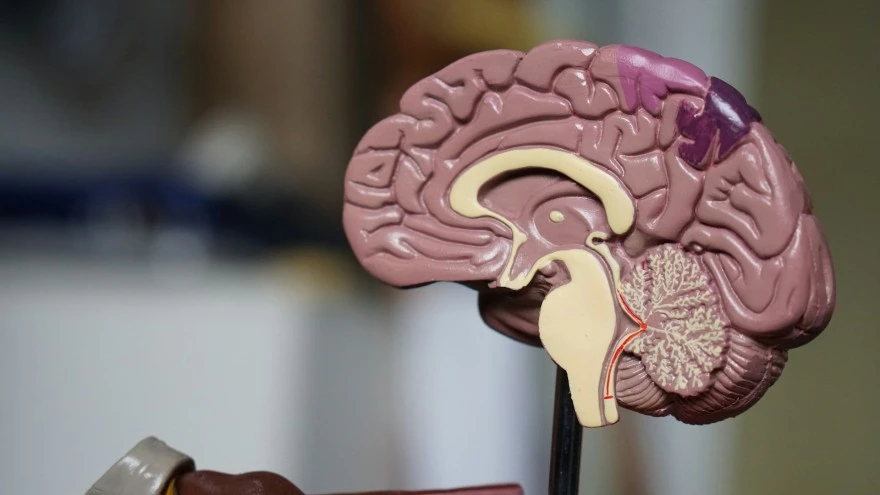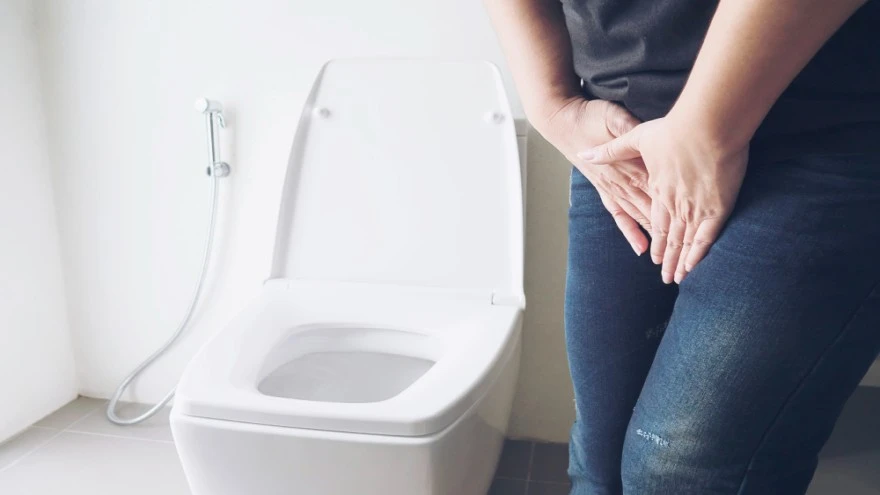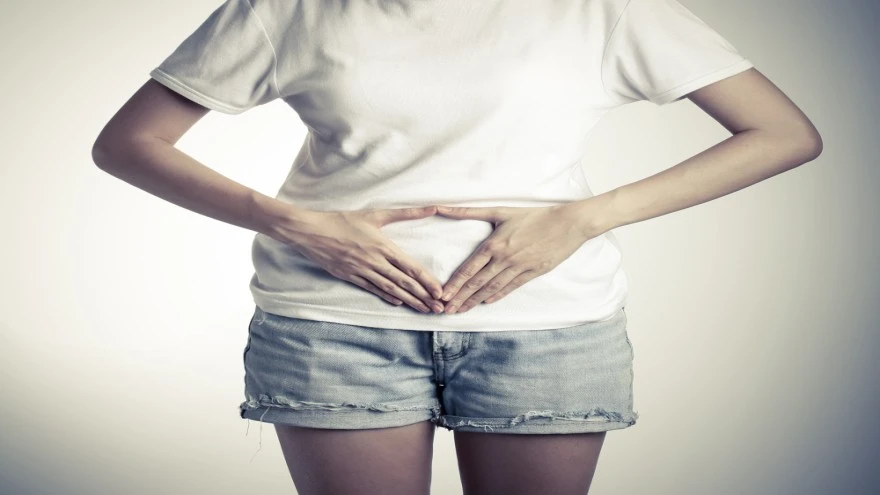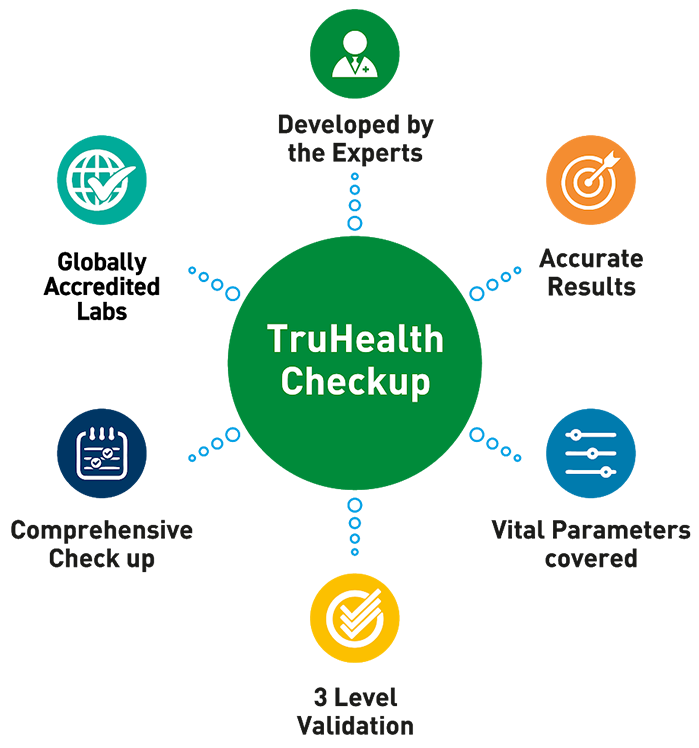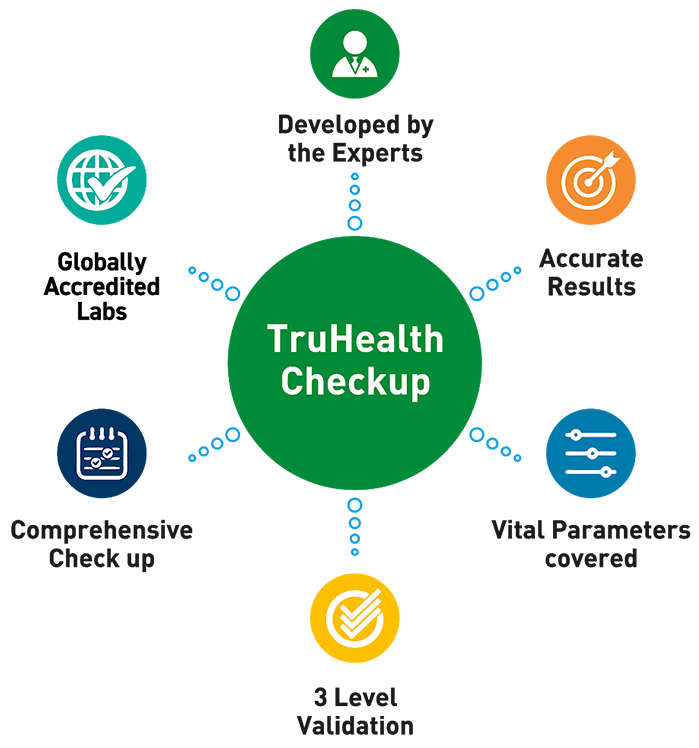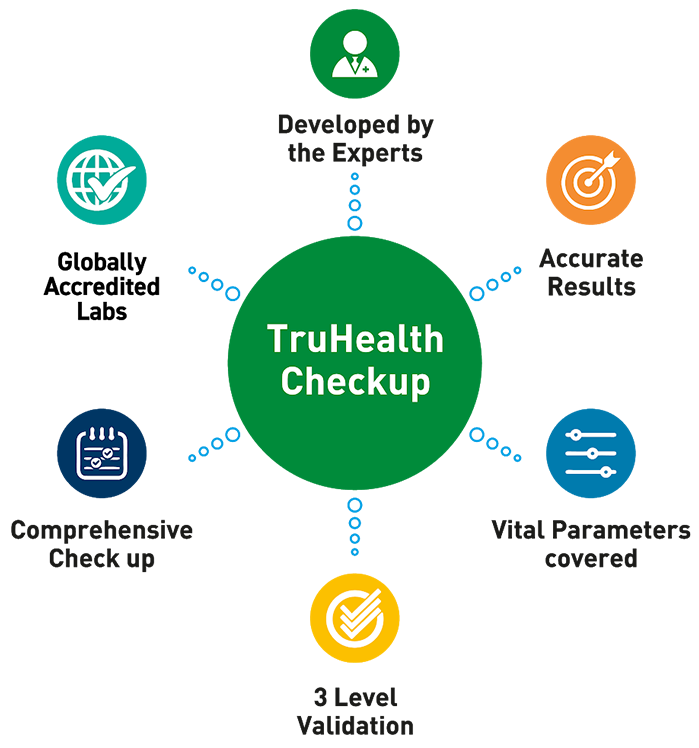Preventive Healthcare
Ovulation in Women: 9 Signs & Symptoms You Should Aware of
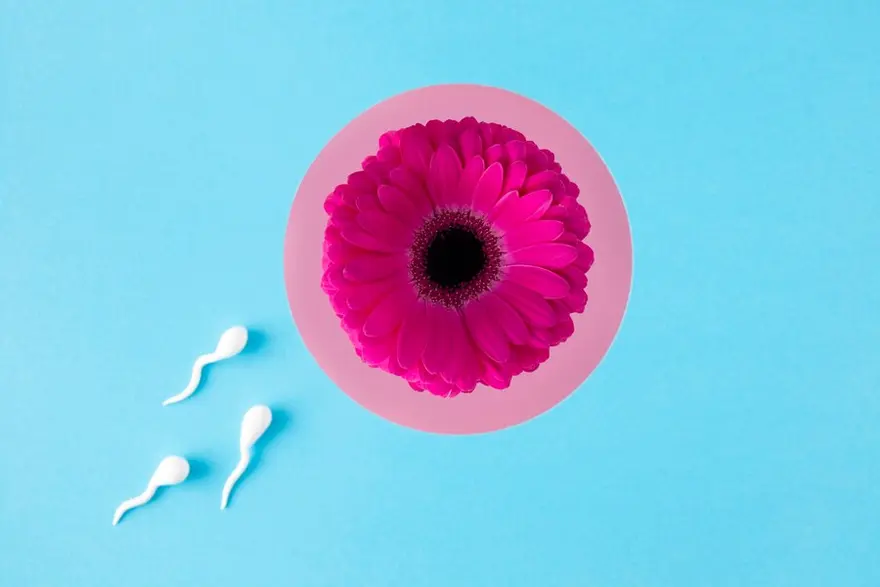
Table of Contents
Whether you are planning on growing your family or want to learn more about conception, getting familiar with the signs of ovulation can help you. The exact time of ovulation differs for every woman. Still, these are usually very easy to recognise and can help increase your chances of getting pregnant or not based on your menstruation cycle.
What Is Ovulation?
Ovulation is the term used for when a mature egg is released from your ovary. It is an essential part of your menstrual cycle and plays a significant role when you want to get pregnant. Understanding how and when ovulation occurs can help you achieve or prevent pregnancy, but it also helps diagnose certain medical conditions.
Ovulation and Your Menstrual Cycle
The day your menstrual flow starts is the day your menstrual cycle resets. This is known as the follicular phase, where the egg begins to mature and is then released during ovulation.
The follicular phase of your menstrual cycle is when your body releases a follicle-stimulating hormone. This helps the egg present within the ovary to mature and prepare for release. On egg maturation, your body releases another hormone known as the luteinising hormone (LH) that triggers the release of your egg. The process of ovulation occurs around the 14th day of your menstrual cycle and lasts for about 28 to 36 hours after the surge of LH.
The stage after ovulation is called the luteal phase, and if the egg gets fertilised, your hormones keep the lining of the ovary from shedding. If not, bleeding, ovulation starts on the 28th day of the cycle, marking the beginning of your next menstrual cycle.
Ovulation, Conception and Pregnancy
Ovulation is when your body releases the mature egg into your ovary. This happens around the 14 days of your menstrual cycle. If the sperm fertilises an egg within 24 hours of ovulation, conception occurs. Six days after fertilisation, the egg gets implanted into your uterine lining and grows.
If the process of conception and implantation happens during your current menstrual cycle, you are pregnant, but this may take a few more days to show up on a pregnancy test, and here's why.
After conception, the fertilised egg travels through the fallopian tubes into the uterus. At this stage, the fertilised egg starts being referred to as the embryo, which then gets implanted into the wall of your uterus. The implantation triggers the placenta to form, releasing the human chorionic gonadotropin (hCG) hormone into your blood and urine. HCG is usually identifiable in your blood after about 11 days of conception but may take a few more days to show positive on a home pregnancy test.
When Does Ovulation Occur?
During an average 28-day menstrual cycle, ovulation usually occurs on day 14, which is about midway through the cycle. However, each woman's cycle length is different, and the time between ovulation and the beginning of the next menstrual cycle can vary.
If you don't have a typical 28-day cycle, it is best to maintain a menstrual calendar to determine the average length of your process and determine when you are most likely to ovulate. In today's tech age, you can also get an online ovulation calculator and period-tracking apps that help make understanding your ovulation date easier.
How Many Hours Does Ovulation Last?
The ovulation process can last between 28 and 36 hours after the surge of the LH hormone. It occurs on day 14 of your menstrual cycle. This is when your egg is released into the fallopian tubes of your ovary.
How Do I Know I Am Ovulating?
Knowing the signs of ovulation can be very helpful when you are trying to get pregnant; however, there are numerous at-home and over-the-counter tests that help tell if you are ovulating or if you are going to be ovulating.
Basal Body Temperature
Also referred to as BBT, this is the temperature your body is at when it is at rest. As your cycle begins your BBT is usually consistent between 97.2 and 97.6 degrees Fahrenheit. However, as your ovulation dates get closer, there will be a small drop in temperature followed by a sharp increase. Your BBT increases between 0.4 and 1.0 degrees Fahrenheit immediately after ovulation.
Keeping track of your body temperature over a period of a few months helps you understand your body's temperature range. You can use a thermometer that is specifically used to monitor the basal temperature of your body but always look for a significant change in temperature as your BBT may rise or fall about half a degree every day. A sustained rise confirms ovulation and you will be able to get a good sense of your ovulation date after a few months of keeping track of your BBT.
Menstrual Charting
This is a simple and fairly inexpensive way of keeping track of your ovulation period for pregnancy or even avoiding it. Keeping a record of your start and end date of ovulation for several months helps you calculate your approximate cycle length. Normal menstrual cycles can range between 25 and 35 days with ovulation occurring on the 14th day. Keeping track of your period dates and how you feel during this time can help you understand what is your ovulation period.
Ovulation Kits
Most medical stores offer over-the-counter ovulation predictor kits that help to measure the levels of LH in your urine. Using these kits is often very effective as ovulation occurs about 10 to 12 hours after the peak of LH in your system on the 14th or 15th day of a typical 28-day menstrual cycle. The concentration of LH in your body stays elevated for around 14 to 27 hours to facilitate the full maturation of your egg.
Fertility Monitors
While the ovulation kit helps you identify when ovulation is expected to occur, a fertility monitor gives you the five most fertile days within your cycle. It monitors your oestrogen and LH levels to give you the two peak fertile days as well as up to 5 days leading up to it that are extremely fertile.
What Are the Symptoms of Ovulation?
Ovulation symptoms can vary from woman to woman, but there are a few common signs of ovulation you can look for:
- Cervical mucus changes
- Heightened senses
- Soreness or tenderness of your breasts
- Slight pain in the lower abdomen or pelvis
- Increase in sex drive
- Light discharge or spotting
- Changes in your cervix
- Headaches and nausea
- Changes in your BBT
You may experience some or all of these ovulation symptoms helping you understand your most fertile period of the month. Ovulation symptoms discharge and mucus discharge gets sticky and thick in preparation for the sperm to pass through it.
How Many Days During Ovulation Can You Get Pregnant?
While you can only get pregnant within 24 hours of the egg being released into the fallopian tube, the 6 days leading up to your ovulation and the day of ovulation itself is called your fertile period. Having intercourse during this time could lead to pregnancy. This is because sperm can survive in your fallopian tube for several days after sex. It usually waits for the egg to arrive and gets ready to fertilise it.
Is Pain During Ovulation Normal?
Slight pain and discomfort midway through your menstrual cycle are common symptoms of ovulation day that are felt by around 40% of women. This is also known as mittelschmerz meaning middle pain in German.
It can occur every month and you may feel it on your left or right lower abdomen based on the ovary that releases the egg that particular month. This pain is usually mild but can also be severe feeling like a sharp cramp in that part of the abdomen.
For severe persistent pain it is best to talk to your doctor and find a few ways you can reduce your discomfort. They may also ask you to get a few tests or treatments based on whether they think this pain during ovulation could be a symptom of underlying conditions like
- Sexually transmitted diseases
- Scar tissue in your abdomen
- Endometriosis
What Happens If I Am Not Ovulating?
Most normal females will ovulate at least once during their menstrual cycle. However, anovulation is the situation in which an egg is not released from your ovary during your menstrual cycle. This can also lead to infertility. Ovulation can affect anyone between the ages 12 and 51 years, and you more likely to experience anovulation if you
- Have just started getting your periods
- Are in perimenopause
- Have PCOS
- Have low BMI due to anorexia or doing excessive long-term exercise
Conclusion
If you are planning to get pregnant in the near future, it is best to talk to your doctor about ovulation and how long does ovulation symptoms last. They can also help you understand your menstrual cycle better and calculate your fertility period. Conversely, if you do not want to get pregnant, talk to your doctor about when it is safe to have sex and your options for birth control. Getting a full body health checkup and blood tests that check your hormone levels can aid in your journey of getting pregnant.
Metropolis Labs offers expert prenatal and pregnancy health checkups and diagnostic test packages. Contact our experts to book your appointment today.








